Gallery
Photos from events, contest for the best costume, videos from master classes.
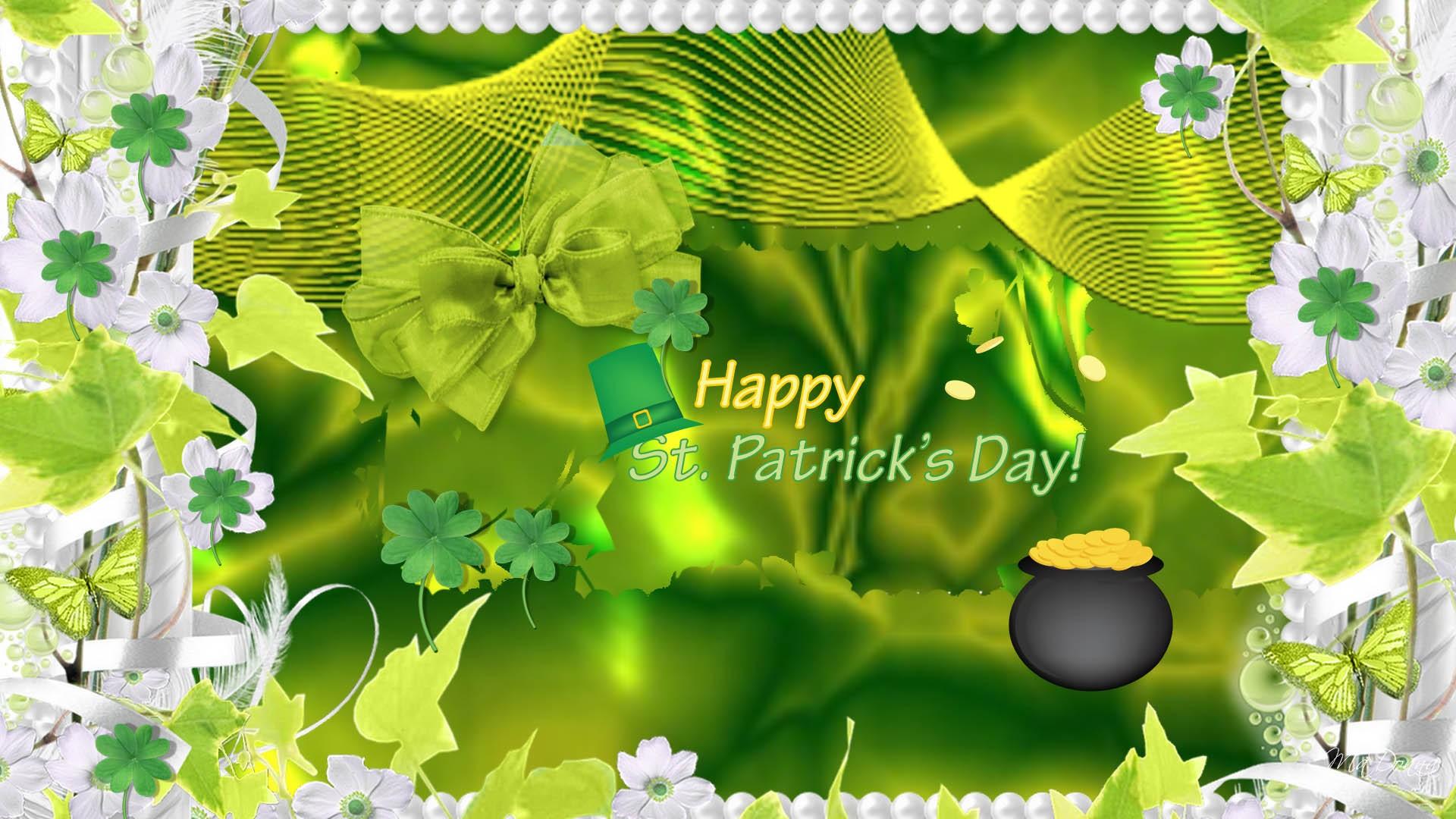 |  |
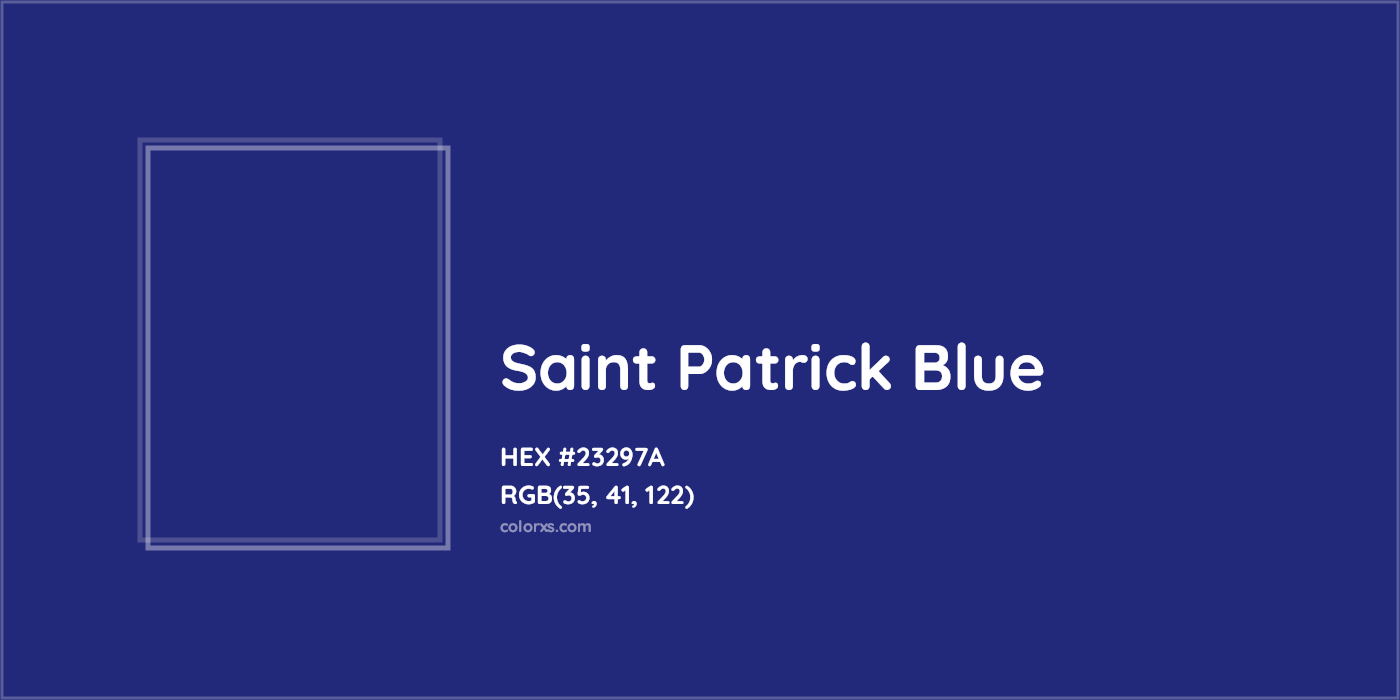 |  |
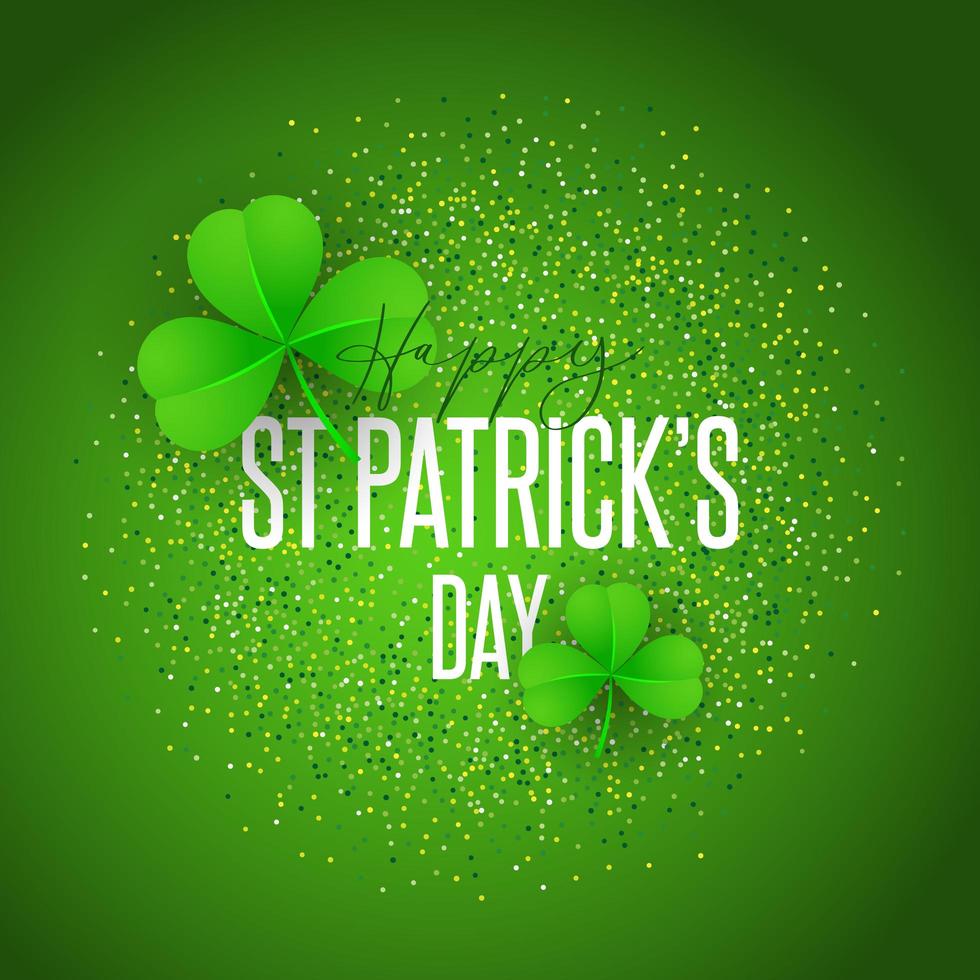 |  |
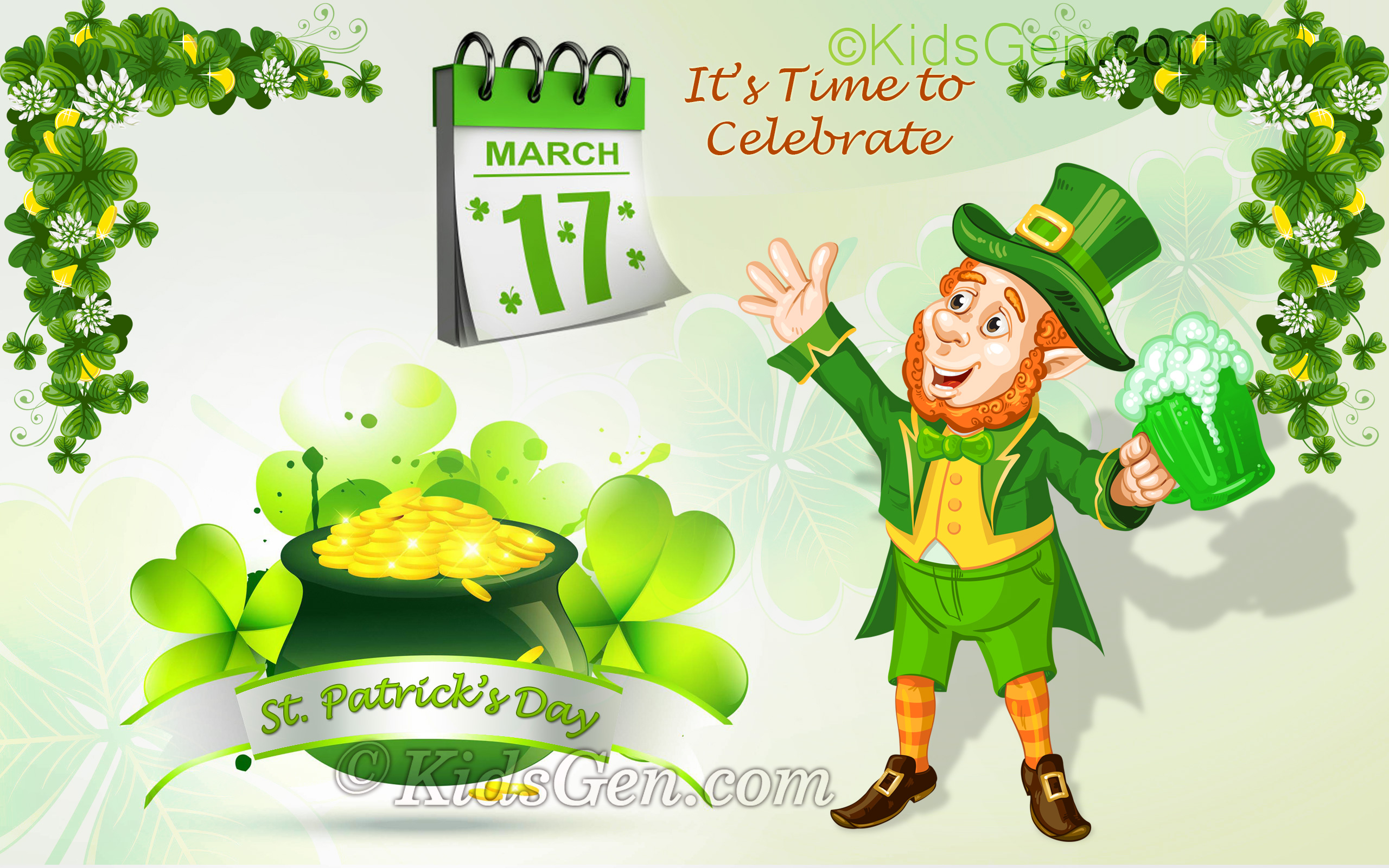 |  |
 | 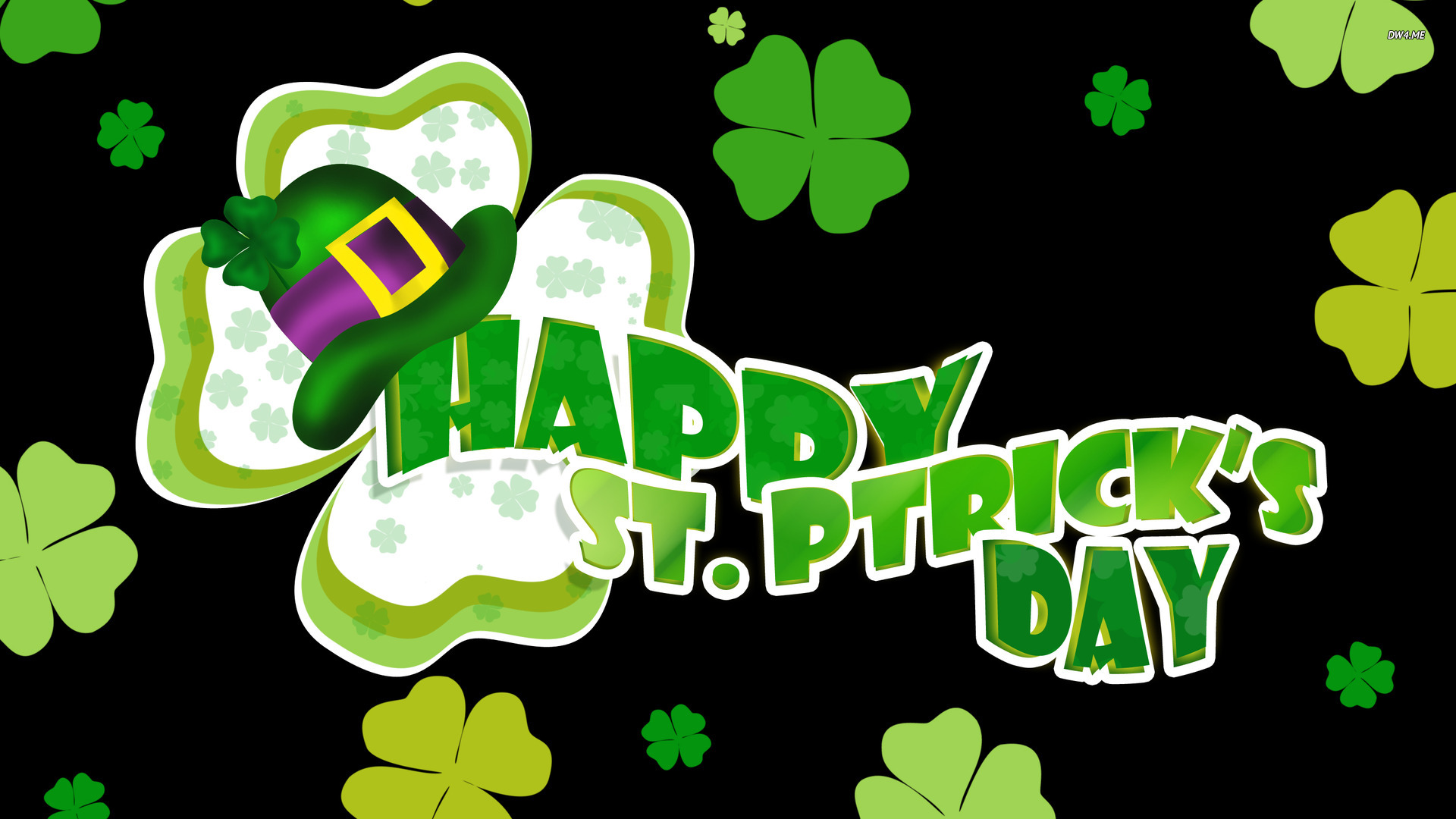 |
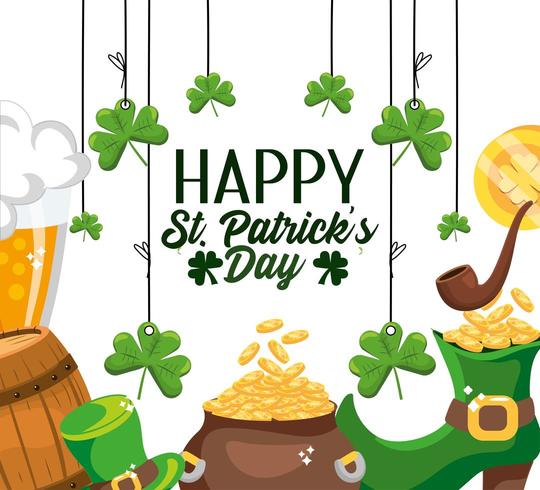 |  |
Boston held its first St. Patrick’s Day parade in 1737, followed by New York City in 1762. Why do we wear green? Although blue was the color traditionally associated with St. Patrick, green is However, blue still plays a symbolic role in Ireland: Since 1945, the flag representing the president of Ireland has a gold harp with a dark blue background – the color known as St. Patrick’s In addition to St. Patrick’s Day being represented by symbols, there are also four St. Patrick’s Day colors with special meaning this time of year. The four St. Patrick’s Day colors are green, blue, orange and white. Three of these St. Patrick’s colors are even appear as colors of the Irish flag (green, white and orange). St. Patrick’s Day usually conjures images of partying, Catholicism, Irish nationalism and, perhaps most famously, the color green: green clothes, green shamrocks, green beer and green rivers. However, blue still plays a symbolic role in Ireland: Since 1945, the flag representing the president of Ireland has a gold harp with a dark blue background—the color known as St. Patrick’s blue. In Ireland, however, St. Patrick’s Day remained a solemn day of observance with little revelry. The Irish government didn’t recognize St. Patrick’s Day as a public holiday until 1903, and the first parade in Dublin wasn’t held until 1931. Even pubs remained closed on March 17 until 1961. St. Patrick’s Day was once a solemn feast day when you’d be far more likely to see the color blue. In fact, there’s even a color known as St. Patrick’s blue. To save you scrolling, you’ll find some speedy need-to-knows about the first color associated with St. Patrick’s Day below: 1. Yep, it all began with blue, not green. Although people wear green on St. Patrick’s Day, early depictions of St. Patrick show him clothed in fine blue robes. In fact, in Saul Church, which is on the site where St A Confederate flag was flown from a truck in the Bayport-Blue Point St. Patrick’s Day Parade on Sunday, Bayport-Blue Point Chamber of Commerce president Karl Auwaerter confirmed in an emailed What Was St. Patrick’s Day’s Original Color? Before the sea of green flooded every street and city skyline on March 17th, the original color associated with St. Patrick was a shade of light, sky-toned blue—a hue that has come to be called “St. Patrick’s Blue.” However, blue still plays a symbolic role in Ireland: Since 1945, the flag representing the president of Ireland has a gold harp with a dark blue background – the color known as St. Patrick’s St. Patrick's Day is the holiday when even the most recalcitrant American feels tempted to don green clothing or sip on some green beer. But what if everyone wore blue on March 17 each year instead? St. Patrick’s Day usually conjures images of partying, Catholicism, Irish nationalism and, perhaps most famously, the color green: green clothes, green shamrocks, green beer and green rivers. In Ireland, however, St. Patrick’s Day remained a solemn day of observance with little revelry. The Irish government didn’t recognize St. Patrick’s Day as a public holiday until 1903, and the first parade in Dublin wasn’t held until 1931. Even pubs remained closed on March 17 until 1961. St. Patrick’s Day was once a solemn feast day when you’d be far more likely to see the color blue. In fact, there’s even a color known as St. Patrick’s blue. Modern Use in St. Patrick’s Day Celebrations. Today, St. Patrick’s Blue is still the official blue used in Irish presidential and governmental ceremonial activities. And it remains ingrained in March 17th festivities across the world: The Chicago River has been dyed green and blue every St. Patrick’s Day since 1962.
Articles and news, personal stories, interviews with experts.
Photos from events, contest for the best costume, videos from master classes.
 |  |
 |  |
 |  |
 |  |
 |  |
 |  |